For our holographic projection system we went with a beam splitter assembly, With the DLP microprojector behind us. The prototype had to be confined to this tight space due the space constraints of the beaglebone cape. We have been in talks with supplier who can hook us up with a compact SPI protocol DLP2000 module including the optical assembly.
But without further ado here is the build log of our custom projection system for the HMD.

(Figure: Manoj wearing the AR HMD setup)
(Figure: HMD in action)
The HMD did work well with the right angle beam splitter assembly (Despite some ghosting issues). The ghosting issues however dont show up when viewed in first person by the user.
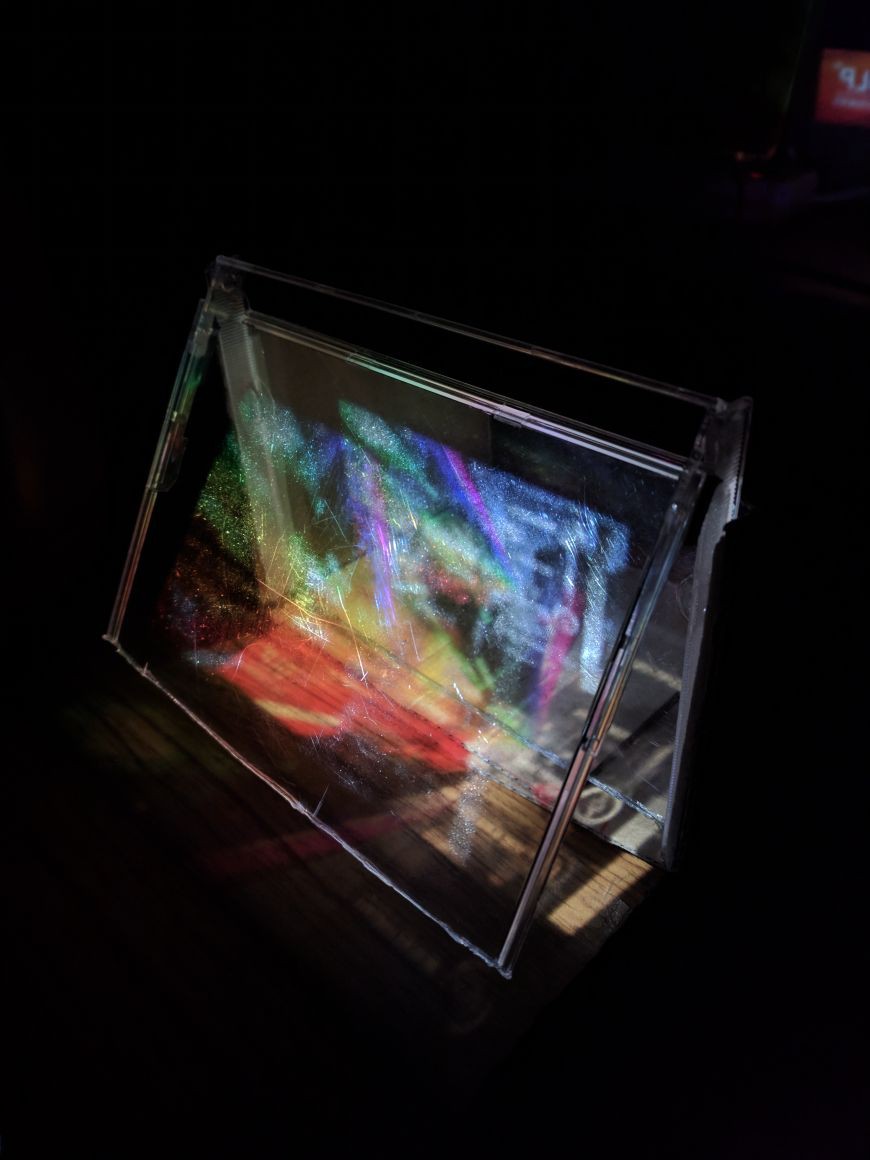
(Figure:Side view of the projection setup)
Now over to how we did it, We used some very simple components to pull this off.
1. Polycorbonate sheet (3mm thick) (15cm*8cm)
2. DLP2000 projection cape with beaglebone black
3. Double Corrugated cardboard box
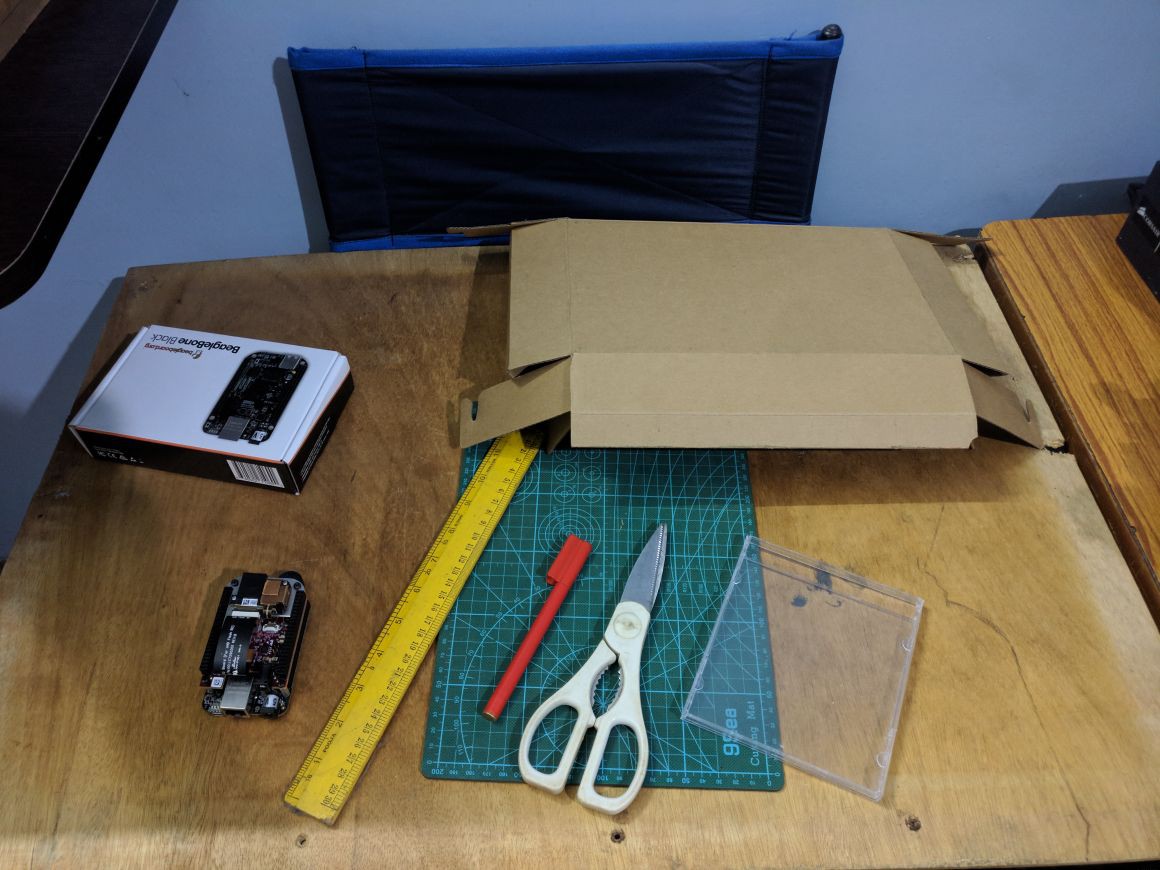
Now over to the actual nitty gritty build process, We take the Polycardbonate sheet and we cut it to a 15cm*8cm rectangle using a strong pair of shears.
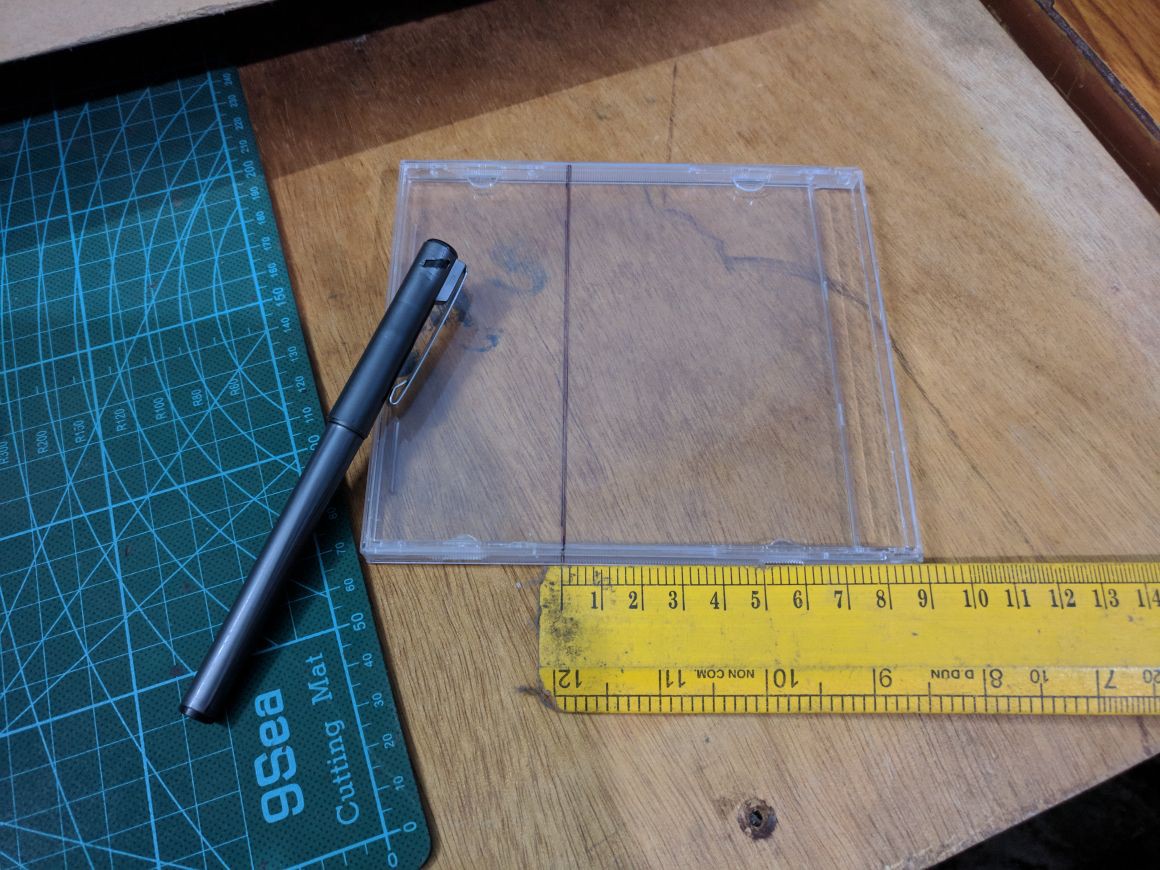
We also need to make a hinge mechanism to adjust the viewing operation of the device. For this we use a CD case as a hinge. We bind it to the cardboard cutout using some E7000 adhesive.
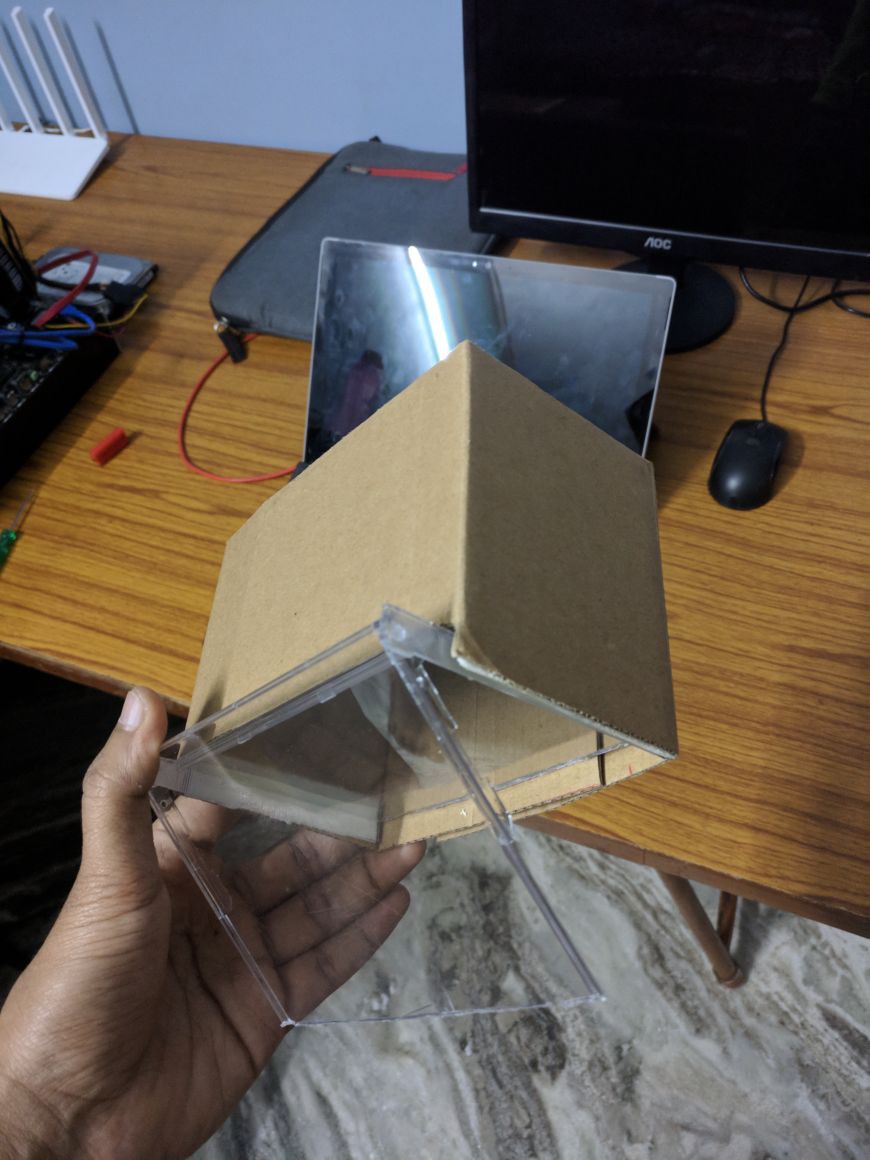
The beaglebone black with the projection unit and LiPo boost circuit is placed on the top of the cardboard box. A convex lens from the google cardboard setup is used to bring the focus near to the viewer. I'll share a bit about the optics in a later post but for now, Here are some images and demo of our first version.
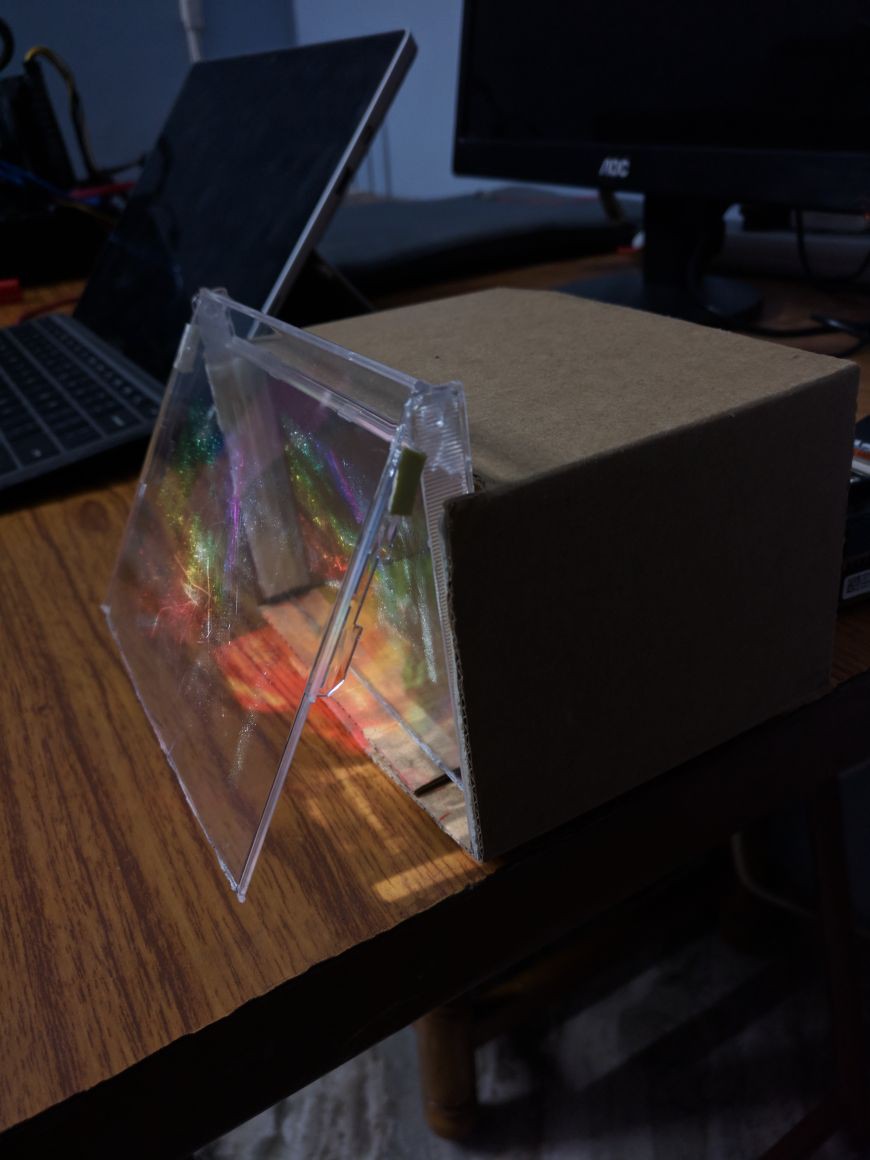
(Figure: Setup with the holographic projection system.)
 Vignesh Ravichandran
Vignesh Ravichandran
Discussions
Become a Hackaday.io Member
Create an account to leave a comment. Already have an account? Log In.